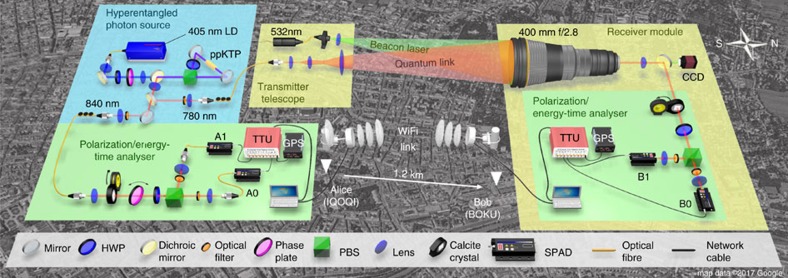Figure 1. Illustration of the high-dimensional entanglement distribution experiment.
A hyperentangled photon source was located in a laboratory at the IQOQI Vienna. The source utilized SPDC in a periodically poled KTiOPO4 (ppKTP) crystal, which was placed at the centre of a Sagnac interferometer and pumped with a continuous-wave 405-nm laser diode (LD). The polarization/energy–time hyperentangled photon pairs had centre wavelengths of λB∼780 nm and λA∼840 nm, respectively. Photon A was sent to Alice at IQOQI using a short fibre link, while photon B was guided to a transmitter telescope on the roof of the institute and sent to Bob at the BOKU via a 1.2-km-long free-space link. At Bob, the photons were collected using a large-aperture telephoto objective with a focal length of 400 mm. The 532-nm beacon laser was separated from the hyperentangled photons using a dichroic mirror and focused onto a CCD image sensor to maintain link alignment and to monitor atmospheric turbulence. Alice’s and Bob’s analyser modules allowed for measurements in the polarization or energy–time basis. The polarization was analysed using a half-wave plate (HWP) and a polarizing beam splitter (PBS) with a single-photon avalanche diode (SPAD) in each output port. An additional phase shift could be introduced in Alices measurement module by tilting a birefringent crystal about its optical axis. In both analyser modules, optional calcite crystals could be added before the PBS to introduce the polarization-dependent delay required for Franson interference measurements in the energy–time basis. Single-photon detection events were recorded with a GPS-disciplined time tagging unit (TTU) and stored on local hard drives for post processing. Bob’s measurement data were streamed to Alice via a classical WiFi link to identify photon pairs in real time. Map data ©2017 Google.

